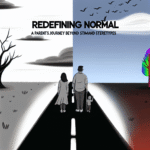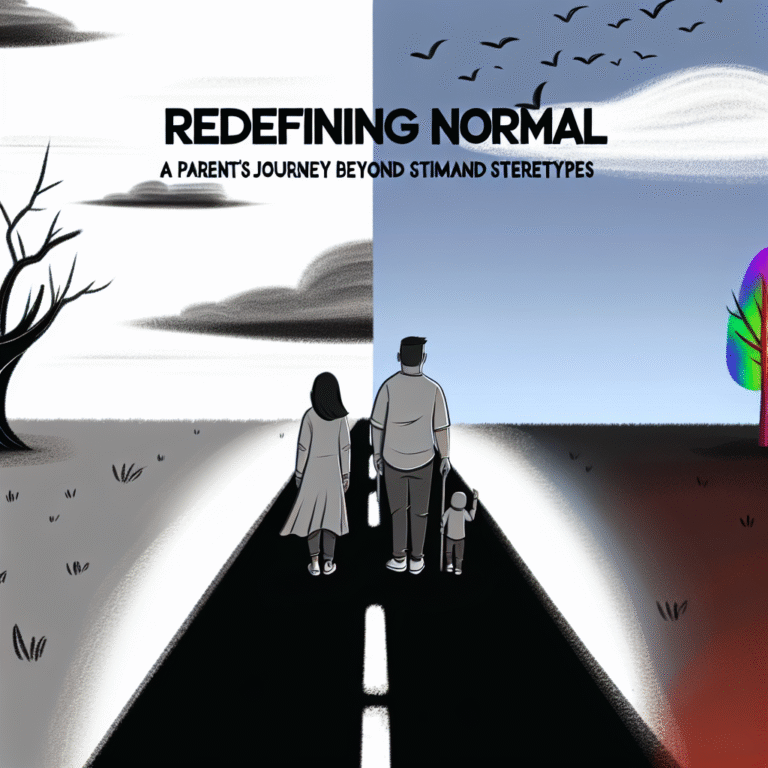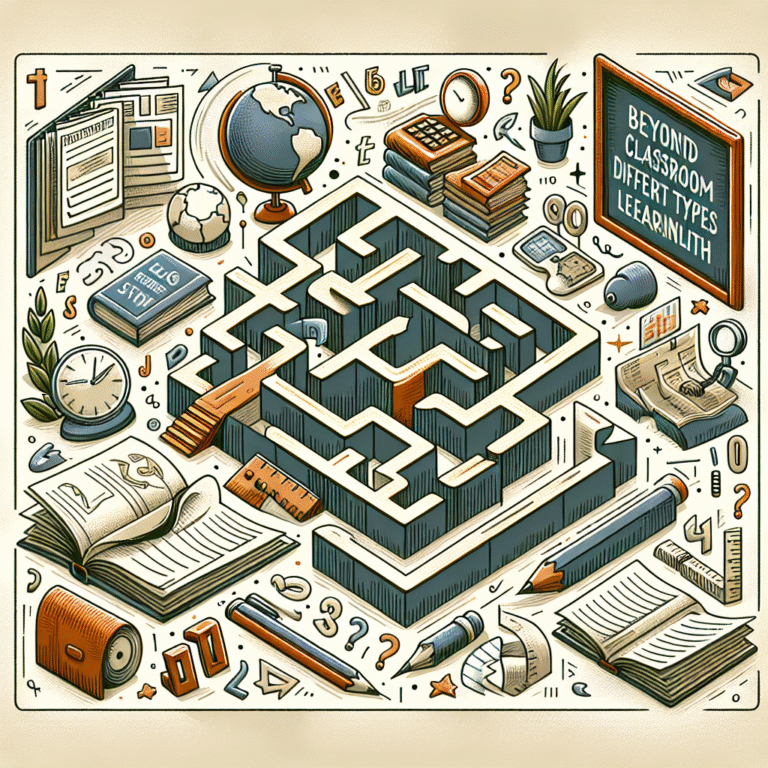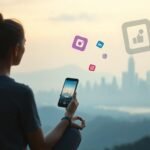
Transforming the Classroom Experience: Essential Technology Solutions for Learning Disabilities
Introduction
In an era where technology permeates all facets of our lives, its potential to revolutionize education, especially for students with learning disabilities, is profound. Transforming the Classroom Experience: Technology Solutions for Learning Disabilities is not just an aspiration but a necessity. More than 15% of the population experiences some form of learning disability, affecting their ability to acquire knowledge the way traditional education methods dictate. However, today’s educational landscape offers innovative solutions that can bridge these gaps, providing equitable learning opportunities.
As technology evolves, so do the tools and strategies available to educators. From individualized learning plans powered by data analytics to interactive applications that make learning fun and engaging, the resources available are abundant. In this article, we’ll explore the various ways technology is reshaping the classroom experience for students with learning disabilities, presenting real-world applications, case studies, and expert insights to illustrate the transformative impact.
Understanding Learning Disabilities
Before diving into Transforming the Classroom Experience: Technology Solutions for Learning Disabilities, it’s vital to understand what learning disabilities entail. Learning disabilities are neurological disorders that affect the brain’s ability to receive, process, and respond to information. This can manifest in various ways, including dyslexia, dyscalculia, and ADHD, among others.
The Challenge of Traditional Methods
Traditional teaching methods often rely heavily on standardized testing and one-size-fits-all lesson plans. These approaches can leave students with learning disabilities feeling isolated and unsupported. Consequently, educators are increasingly seeking methods that not only accommodate learning differences but also actively engage students.
The Role of Technology in Education
Adaptive Learning Systems
One of the most promising technology solutions for learning disabilities comes from adaptive learning systems. These platforms utilize artificial intelligence to assess a student’s learning pace, strengths, and weaknesses. By tailoring educational content to meet the individual needs of each student, adaptive systems ensure that learners are neither bored nor overwhelmed.
Case Study: DreamBox Learning
DreamBox Learning, an adaptive math program, employs an intelligent learning engine that adjusts the difficulty of problems based on student responses. In schools that implemented DreamBox, achievement levels showed significant improvement, especially among students with math-related learning disabilities.
| Metrics | Before DreamBox | After DreamBox |
|---|---|---|
| Average Math Score | 65% | 82% |
| Student Engagement | Low | High |
Speech-to-Text and Text-to-Speech Tools
Another exciting innovation in Transforming the Classroom Experience: Technology Solutions for Learning Disabilities is the rise of speech-to-text and text-to-speech applications. These tools can immensely benefit students with dyslexia or other reading difficulties by allowing them to listen to written content or convert verbal responses into written form.
Case Study: Dragon NaturallySpeaking
In one instance, a high school in California adopted Dragon NaturallySpeaking for students with dyslexia. Teachers reported a notable increase in writing proficiency and overall confidence as students could focus more on ideas rather than mechanics.
Engagement through Gamification
Gamified Learning Platforms
Gamification is another exciting aspect of technology that can assist in Transforming the Classroom Experience: Technology Solutions for Learning Disabilities. By embedding game-like elements into educational content, such platforms can enhance motivation and engagement levels among students.
Case Study: Kahoot!
Kahoot! has proven beneficial for classrooms that include students with learning disabilities. Its competitive and interactive nature makes learning fun, while its analytics tools help teachers identify areas requiring further support.
| Features | Engagement Level Before | Engagement Level After |
|---|---|---|
| Traditional Quizzes | Moderate | High |
| Kahoot! Quizzes | Low | Very High |
Creating Inclusive Learning Environments
Virtual Reality (VR) and Augmented Reality (AR)
The implementation of VR and AR can provide immersive learning experiences that are particularly useful for students with learning disabilities. These technologies can help create a safe space for repeated practice and exploration without the pressures of traditional assessments.
Case Study: Google Expeditions
In an elementary school using Google Expeditions, students with attention issues found it easier to focus during VR lessons about the solar system. One teacher noticed that students who typically struggled with concentration were fully engaged and participated actively in discussions.
The Power of Collaboration Tools
Student-Centered Platforms
Technologies that facilitate collaboration are key in Transforming the Classroom Experience: Technology Solutions for Learning Disabilities. Platforms like Google Classroom allow for group projects and discussions, enabling students with varying abilities to contribute in ways that suit their strengths.
Case Study: Microsoft Teams for Education
A middle school integrated Microsoft Teams to support collaborative projects among students with learning disabilities. Teachers noted improved communication and teamwork, allowing all students to shine equally, regardless of their individual challenges.
Enhancing Communication with Parents
Learning Management Systems (LMS)
Communication between schools and families plays a crucial role in the educational success of students with learning disabilities. Modern LMS platforms provide tools for teachers to share student progress, assignments, and resources easily.
Case Study: Schoology
A district in Texas implemented Schoology, resulting in higher parental engagement as families could easily track their children’s academic performance and communicate with teachers. This collaboration helped create a supportive network around each student.
Data-Driven Insights for Personalized Learning
Analytics Tools
Utilizing data analytics tools can equip educators with the insights necessary to tailor learning experiences. By understanding which methods work best for individual students, educators can refine instructional strategies to foster success.
Case Study: Renaissance Star Assessments
A school district utilizing Renaissance assessments reported significant reductions in special education referrals as teachers became adept at utilizing data to inform instruction.
Training and Support for Educators
Professional Development
Implementing these technology solutions for learning disabilities requires ongoing training and support for educators. Innovative technologies can only be effective if teachers are equipped with the skills to use them effectively.
Case Study: Ongoing PD Programs
A district in New York that invested in continuous professional development programs for teachers saw an enhancement in instructional quality, leading to improved outcomes for students with learning disabilities.
Conclusion
The journey of Transforming the Classroom Experience: Technology Solutions for Learning Disabilities is just beginning. As we embrace these innovative technologies, it’s crucial to remain committed to ongoing assessment, adaptation, and collaboration. Not only do these solutions empower students with the tools needed to excel, they also enable educators to foster inclusive and supportive learning environments.
As we move forward, it’s essential to keep the conversation alive. Educators, administrators, and parents alike must engage with these tools, share experiences, and seek out new solutions that best meet the unique needs of their students.
By leveraging the power of technology, we can transform not just the classroom experience but also the future paths of countless students with learning disabilities.
FAQs
1. What technologies are best for students with learning disabilities?
The most effective tools include adaptive learning systems, speech-to-text applications, gamified learning platforms, VR/AR experiences, and collaborative platforms like Google Classroom.
2. How can technology support individualized learning plans?
Technology can analyze student performance data to tailor educational experiences specifically to each learner’s strengths and weaknesses, ensuring personalized support.
3. Are there any limitations to using technology in the classroom?
While technology offers many benefits, it can also lead to overstimulation for some students, and not all educators may be equally trained to implement these tools effectively.
4. What role do parents play in this transformation?
Parents must engage with educators and support their children’s use of technology, providing a bridge between home and school environments to reinforce learning.
5. How can teachers monitor student progress using technology?
Utilizing LMS and analytics tools allows teachers to assess student performance over time and identify trends that reveal areas needing additional support.
6. Is technology equally accessible for all students?
While many tools aim for inclusivity, access can vary by socioeconomic factors, necessitating that districts prioritize equitable access to technology.
By embracing these transformative technologies, we can redefine the classroom experience for students with learning disabilities, empowering them to learn, grow, and thrive in a world where learning is a shared journey, not a solitary challenge.













